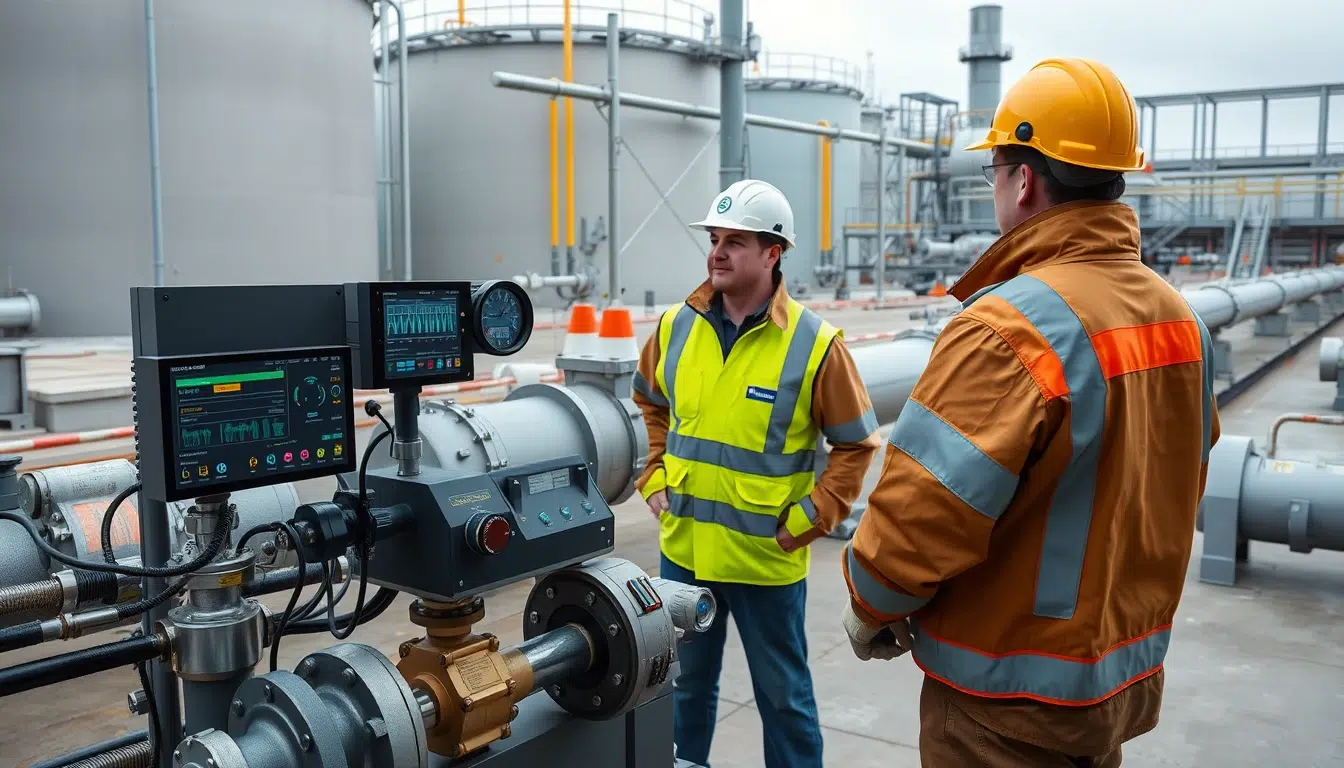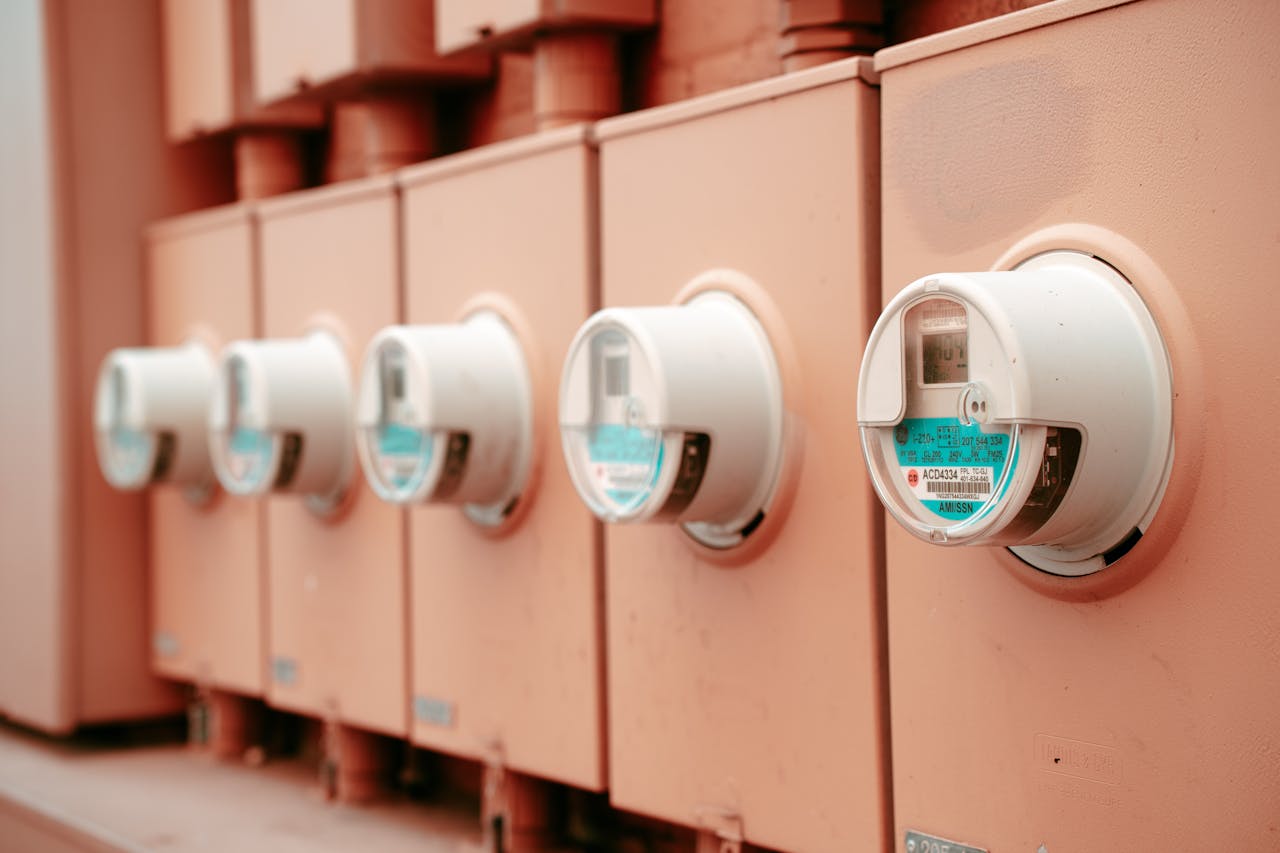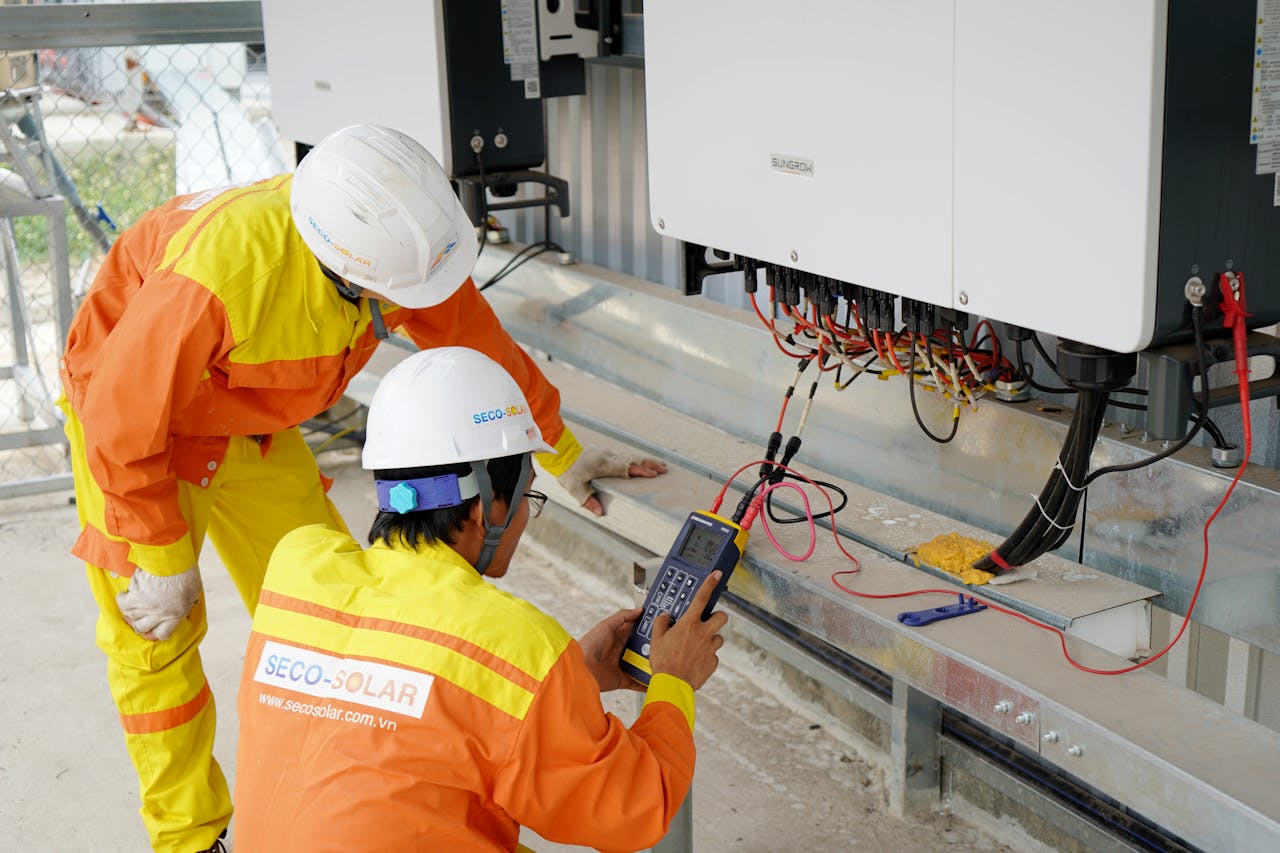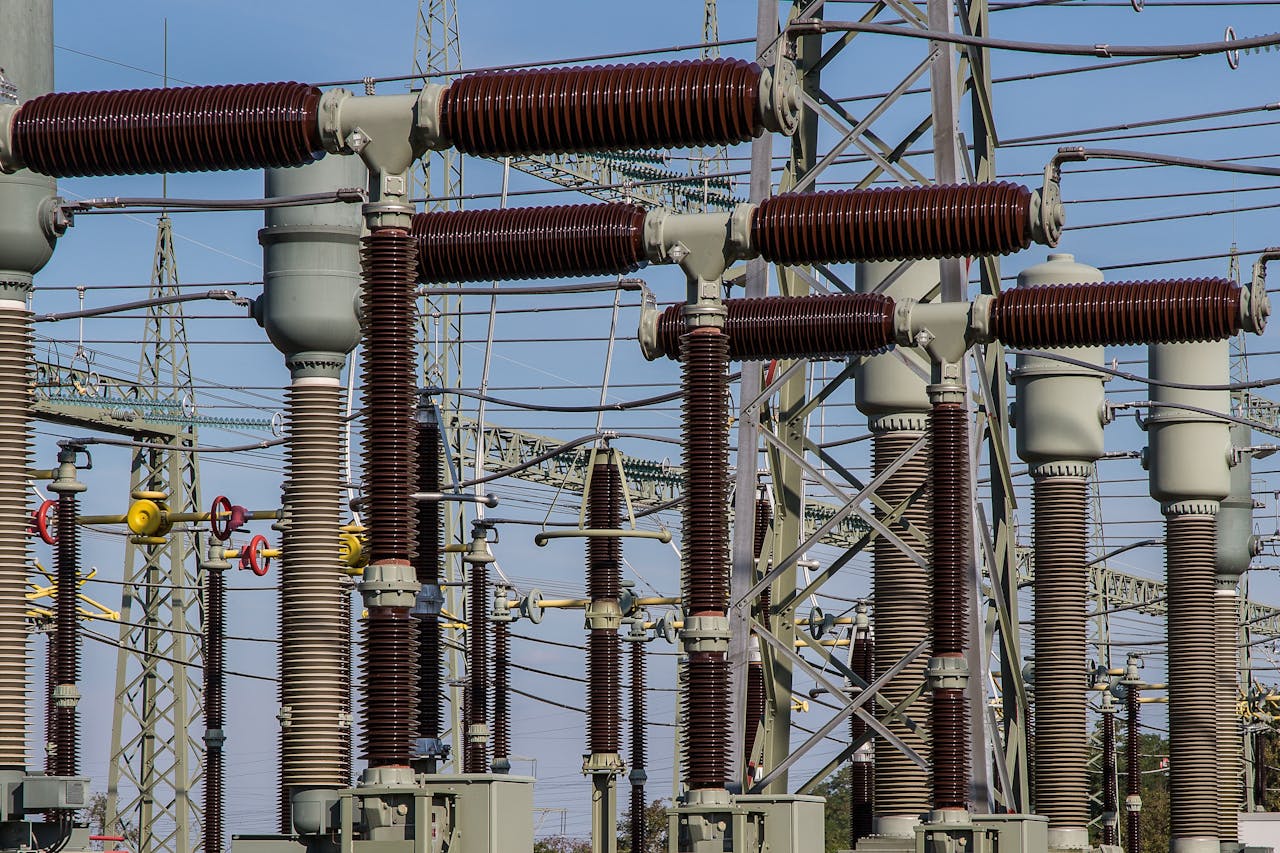Process Control Valve – Sizing, Selection and Maintenance Training Course
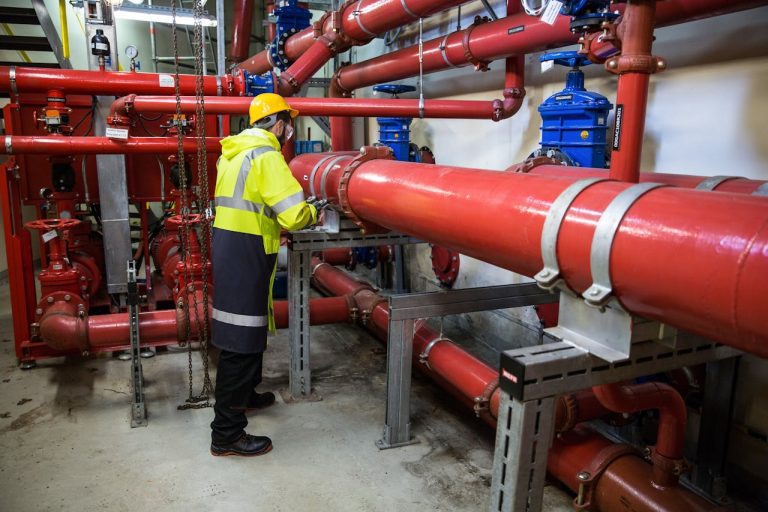
| Date | Format | Duration | Fees (USD) | Register |
|---|---|---|---|---|
| 09 Nov - 13 Nov, 2025 | Live Online | 5 Days | $3785 | Register → |
| Date | Venue | Duration | Fees (USD) | Register |
|---|---|---|---|---|
| 24 Nov - 28 Nov, 2025 | London | 5 Days | $6305 | Register → |
| 14 Dec - 18 Dec, 2025 | Amman | 5 Days | $5775 | Register → |
Did you know that control valves are critical components in process control systems, with their proper sizing and selection affecting both efficiency and safety in industrial operations?
Course Overview
The Process Control Valve – Sizing, Selection and Maintenance Training Course by Alpha Learning Centre is meticulously designed to equip professionals with essential skills in valve sizing, selection, and maintenance. This course focuses on how professionals can effectively implement valve sizing techniques, enhance maintenance strategies, and troubleshoot valve issues to ensure comprehensive process control system performance.
Why Select This Training Course?
Selecting this Process Control Valve Course offers numerous advantages for professionals involved in instrumentation and process control. Participants will gain advanced knowledge of valve dynamics, sizing techniques, and maintenance practices. The course provides hands-on experience with industry-standard valve sizing tools and real-world case studies, enabling attendees to optimise their valve management strategies effectively.
For organisations, investing in this training enhances overall process efficiency and ensures better system reliability. Research indicates that implementing comprehensive valve management frameworks results in enhanced ability to prevent valve-related issues and improve operational safety. According to industry experts, proper valve sizing and maintenance can significantly reduce downtime and improve process stability, leading to substantial cost savings and enhanced operational efficiency.
For individuals who complete this course, will benefit from enhanced career prospects as they become more valuable assets in their respective fields. Studies indicate that professionals with valve sizing and maintenance expertise can significantly improve their career trajectory as the field requires understanding of both technical implementation and practical applications, while skills in troubleshooting and valve dynamics are essential for effective process control system management.
Transform your valve management capabilities – Register now for this critical advanced training programme!
Who Should Attend?
This Process Control Valve – Sizing, Selection and Maintenance Training Course is suitable for:
- Instrumentation Engineers in process industries
- Control System Technicians dealing with valves
- Process Engineers responsible for valve operations
- Maintenance Engineers in charge of valve upkeep
- Plant Managers overseeing process control systems
What are the Training Goals?
The aim of this course is to:
- Master the art of valve sizing and selection
- Implement effective valve maintenance strategies
- Understand control valve dynamics in process control
- Enhance troubleshooting skills for valve issues
- Ensure compliance with safety and performance standards
How will this Training Course be Presented?
The Process Control Valve – Sizing, Selection and Maintenance Training Course delivers comprehensive, hands-on training through proven methodologies designed to maximise learning outcomes and practical skill development. Our expert instructors employ the following methods:
- Hands-on valve sizing exercises
- Workshops on valve maintenance techniques
- Simulation of valve behavior in control loops
- Expert discussions on valve application and failure analysis
Each delivery method is carefully integrated to ensure participants gain both theoretical knowledge and practical experience. The course structure promotes active engagement and real-world application, allowing participants to develop crucial analytical and strategic skills within a supportive learning environment.
Join us to experience this dynamic and effective learning approach – Register now to secure your place!
Course Syllabus
Module 1: Valve Fundamentals
- Types of control valves and their applications
- Valve body and trim materials
- Actuation methods: pneumatic, electric, hydraulic
- Valve flow characteristics (linear, equal percentage)
- Seat leakage classifications
- Valve sizing basics
- Control valve noise and vibration
Module 2: Valve Sizing Techniques
- Flow coefficient (Cv) calculations
- Liquid, gas, and steam service considerations
- Sizing for different flow regimes
- Sizing software tools and their use
- Choked flow scenarios and calculations
- Handling cavitation and flashing in valves
- Impact of valve sizing on process control
- Sizing for control stability
- Sizing for energy efficiency
- Special considerations for severe service
Module 3: Valve Selection Criteria
- Process conditions affecting valve choice
- Fluid properties and valve compatibility
- Pressure and temperature ratings
- Corrosion and erosion considerations
- Selection for high-pressure drops
- Valve authority and rangeability
- Selection for safety and environmental compliance
- Valve noise considerations in selection
- Actuator selection for optimal control
- Cost-benefit analysis in valve selection
Module 4: Control Valve Dynamics
- Valve response time and dynamics
- Dead band and hysteresis effects
- Valve stiction and backlash
- Interaction with control loops
- Tuning control valves for performance
- Impact of valve dynamics on process stability
- Valve positioners and their role
- Advanced control strategies for valves
- Damping and speed control in actuators
- Diagnostic tools for dynamic analysis
Module 5: Valve Maintenance Practices
- Preventive vs. predictive maintenance
- Routine inspection and testing of valves
- Cleaning and lubrication procedures
- Valve repair and part replacement
- Bench testing of control valves
- Calibration of valve positioners
- Documentation for maintenance records
- Safety considerations in valve maintenance
Module 6: Valve Actuator Maintenance
- Actuator disassembly and reassembly
- Calibration of actuator travel
- Troubleshooting common actuator issues
Module 7: Troubleshooting Control Valves
- Common valve problems and solutions
- Diagnosing performance issues
- Use of diagnostic tools for troubleshooting
- Valve diagnostics for process optimization
Module 8: Valve Control and Automation
- Integration of valves with DCS/PLC systems
- Smart valves and digital communication
- Control valve positioners and their configuration
- Advanced control strategies for valves
Module 9: Safety Systems and Control Valves
- Valves in Safety Instrumented Systems (SIS)
- SIL considerations for valve selection
- Emergency shutdown valve applications
- Functional safety for control valves
Training Impact
The impact of process control valve training is evident through various real-world case studies and data, which demonstrate the effectiveness of structured programmes in enhancing operational efficiency and safety.
Research indicates that professionals with strong valve management skills can significantly improve process outcomes. According to industry experts, proper valve sizing and maintenance can prevent costly repairs and improve process stability, leading to substantial cost savings and enhanced operational efficiency.
These case studies highlight the tangible benefits of implementing advanced valve management techniques:
- Improved process efficiency through optimized valve sizing
- Enhanced system reliability through effective maintenance practices
- Increased safety through proper valve selection and operation
- Strengthened compliance with safety and performance standards
By investing in this advanced training, organisations can expect to see:
- Significant improvement in process control performance
- Improved ability to handle complex valve-related challenges
- Enhanced decision-making capabilities in valve selection and maintenance
- Increased competitiveness through comprehensive valve management strategies
Transform your career and organisational performance – Enrol now to master Process Control Valve Sizing, Selection and Maintenance!



